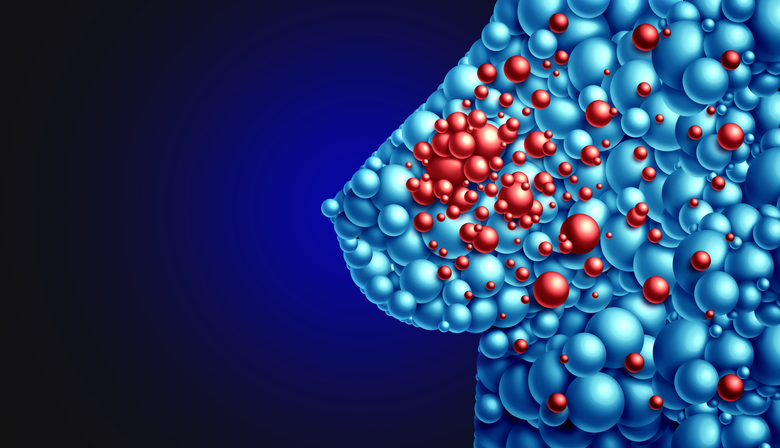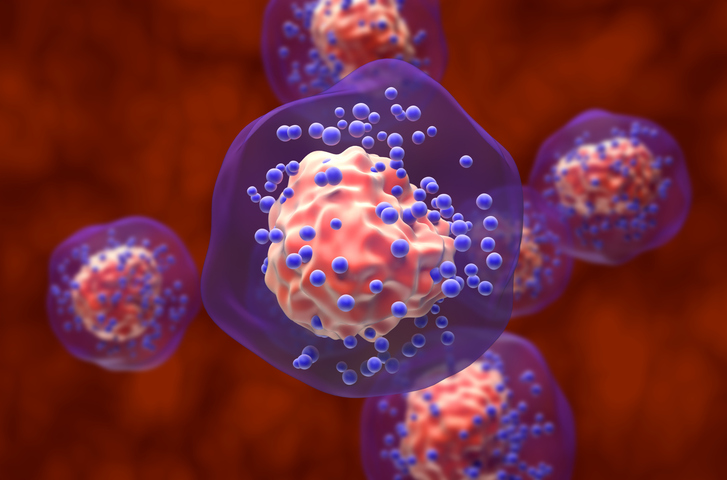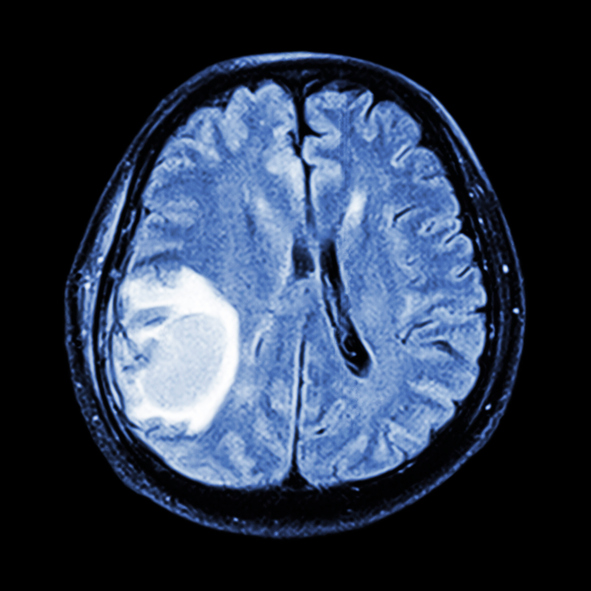
Individuals with metaplastic breast cancer (MpBC) show a distinct molecular phenotype compared to non-MpBC patients, according to a study being presented at the 2024 San Antonio Breast Cancer Symposium.
“MpBC is a rare, aggressive subtype with a dismal prognosis. Standard of care treatments are limited and novel therapies are needed. Recent clinical studies have demonstrated a response to immune checkpoint inhibitors. However, characterization of
the immune and genomic environments in MpBC is paramount to inform new biomarkerselected strategies,” the researchers noted.
In this study, researchers analyzed de-identified next-generation sequencing data from 13,512 unique patients with a breast cancer diagnosis (n=13,512) in the Tempus database. We selected patients with MpBC (n=171, 1.3%) and non-MpBC (n=13,341,98.7%) histologies based on clinical documentation reported within 180 days of sample collection. For patients
with multiple samples sequenced, the sample closest to the date of reported diagnosis was utilized. Tumors were sequenced with the Tempus xT DNA (648-gene panel) and/or xR RNA assays. Somatic alterations, immune cell infiltration predicted from gene expression patterns, PD-L1 from IHC, TMB (tumor mutational burden), and MSI (microsatellite instability) were evaluated. Wilcoxon rank-sum and Pearson’s Chi-squared/Fisher’s exact tests assessed statistical significance (p<0.05, q<0.05 for false discovery rate correction for multiple testing).
The MpBC and non-MpBC cohorts consisted of a widely diverse population (White, 72% vs 73%, Black/African American, 12% vs 15%, Asian, 7.9% vs 4.4%, Other, 7.9% vs 7.7%) (p=0.5). Breast cancer receptor subtype distribution for MpBC vs nonMpBC was HR+/HER2- (20% vs 58%), TNBC (72% vs 24%), and HER2+ (1.9% vs 9.2%) (p<0.001). PD-L1 expression (CPS ≥ 10) was higher in the MpBC (35%) vs non-MbBC group (14%) (p<0.001). The researchers noted that within the MpBC group, there was a similar incidence of PD-L1 expression (CPS ≥ 10) in both TNBC (38%) and HR+/HER2- subtypes(33%). They did observe any notable differences between the immune cell subsets within MpBC subtypes (p>0.05).
“In this large, real-world analysis, patients with MpBC displayed a distinct molecular phenotype compared to non-MpBC patients. In patients with MpBC, TNBC was more common, whereas the HER2+ subtype was rare. Patients with MpBC had higher PD-L1 expression and therapeutically relevant alterations, including those within the PI3k pathway, were frequently encountered in MpBC. Although limited by sample size, this is one of the first studies to compare the molecular phenotypes between subtypes within MpBC. These findings are hypothesis-generating and provide further rationale for developing
novel combinatorial therapeutic clinical trial strategies for MpBC,” the researchers concluded.
Reference
Vinayak S, Symonds L, Konnick E, et al. Characterization of the tumor immune microenvironment
(TIME) and somatic landscape of metaplastic breast cancer (MpBC). Abstract #P1-03-25. Presented at the 2024 San Antonio Breast Cancer Symposium; December 10-13, San Antonio, Texas.







 © 2025 Mashup Media, LLC, a Formedics Property. All Rights Reserved.
© 2025 Mashup Media, LLC, a Formedics Property. All Rights Reserved.